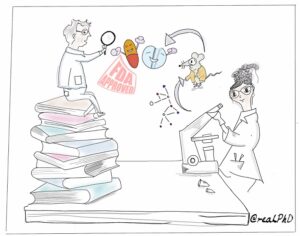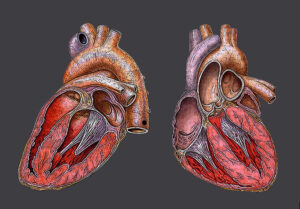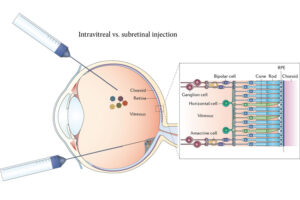Doctors Claim of Curing ‘Bubble Boy Disease’ in Ten Infants Using Gene Therapy

By Neucrad Health India news desk April 21, 2019
In an exceptional medical achievement, doctors at St. Jude Children’s Research Hospital in Memphis and UCSF Benioff Children’s Hospital in San Francisco developed a cure for the deadly ‘bubble boy disease’ or Severe Combined Immunodeficiency (SCID) by using gene therapy. Doctors used HIV (Human Immune Virus) as a vehicle for the treatment. In this rare X-linked genetic disorder babies undergo a mutation in their interleukin-2 receptor subunit gamma (IL2RG) gene causing the disease. Though there are several types of SCID, in the most common one, male children have defective X chromosomes. It does not affect females as they have another copy of healthy X-chromosome. However, they can serve as the carrier of the disease.
What happens in ‘Bubble Boy Disease’ or SCID?
‘Bubble Boy Disease’ or SCID is a severe condition where children lack a functional immune system. They fell prey to insignificant infections like the common cold and rarely live beyond their first birthday without any treatment. Studies revealed that 1 out of every 50,000 infants born all over the world could manifest SCID. In 2003, there was a previous attempt made by scientists to treat SCID; however, the administration had to withhold it when they realised it was causing cancer in small children.
Why is the SCID known as ‘Bubble Boy Disease’?
SCID came to be known as ‘Bubble Boy Disease’ after a phenomenal event in 1970 when a Texan boy David Vetter with this condition started growing within a protective plastic bubble to prevent diseases and germs entering his system. In this way, he was able to live for 12 years. In those days, successful stem-cell transplantation from bone marrow from a genetically-matching sibling was the only treatment for this genetic disease. However, getting such donors was difficult, and there were side-effects of transplantation surgery. The Texan boy died due to an unsuccessful transplantation attempt. Moreover, such treatment procedures often left kids dependent on regular infusions of immunoglobulin or resulted in complications where their newly-developed immune system attacked the body cells treating them as foreign bodies. David Vetter’s life remained chronicled by news articles revolving on his story, and there was a famous 1976 John Travolta movie “The Boy in the Plastic Bubble” based on him.
How did Scientists solve the puzzle of SCID?
Doctors and Scientists started working on a gene therapy model of SCID in the St. Jude Children’s Research Hospital along with UCSF Benioff Children’s Hospital. They took a small group of two to fourteen months old babies as a study group and implemented gene therapy. Here doctors could successfully replace a defective version of a gene with a correct copy. In the beginning, physicians extracted stem cells from the babies’ bone marrow. After that, they used a modified HIV to act as a vehicle and reinsert the correct copy of genes on the children’s stem cells. These healthy immune cells proliferated and eventually resulted in correcting the SCID condition.
How did doctors overcome issues associated with previous treatment procedures?
To prevent the accidental turning-on of cancer-causing genes during the course of treatment, as occurred in 2003, scientists built ‘insulators’ into the virus. They prevented the neighbouring genes from getting affected during the insertion of DNA by the virus. Doctors also administer the children a minute dose of chemotherapy to clear all the defective cells of the bone marrow before introducing the genetically engineered cells. It gave the reintroduced cells a better chance to proliferate and get rid of SCID and thus generate the missing parts in their immune system. In this way, doctors at both medical institutions could cure ten babies of the deadly ‘bubble boy disease’ without any side-effects or complications. Their work has been published in the ‘New England Journal of Medicine’.
The Future Ray of Hope
Researchers believe that this revolutionary technique of gene therapy would serve as a ray of hope to cure other genetic disorders as well. However, as a matter of caution, the sample babies of two to fourteen months age were only followed up once when they were 7 to 25 months old. So, further studies need to be carried out to find out the long-term effects of this gene therapy.
Image: Illustration purpose only.









